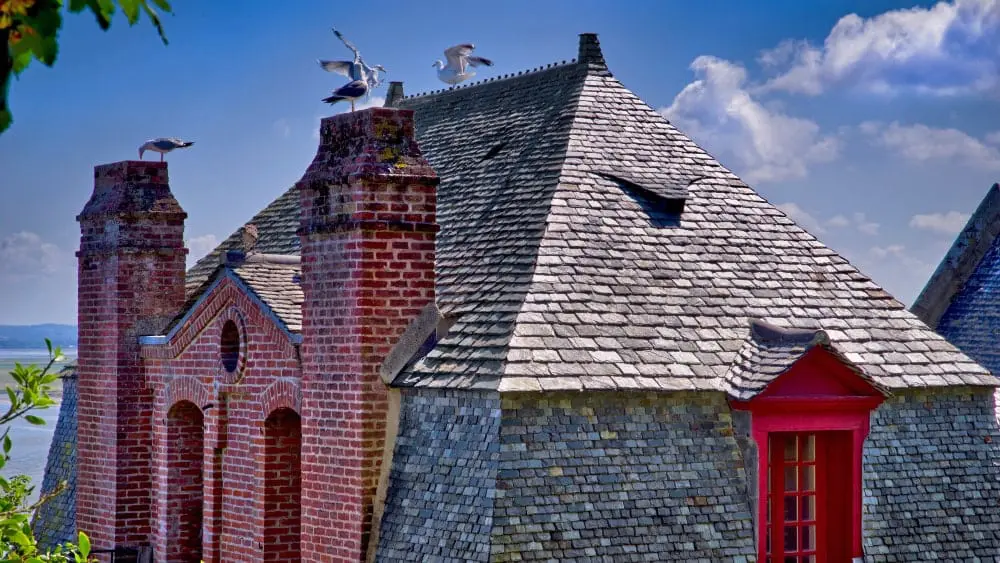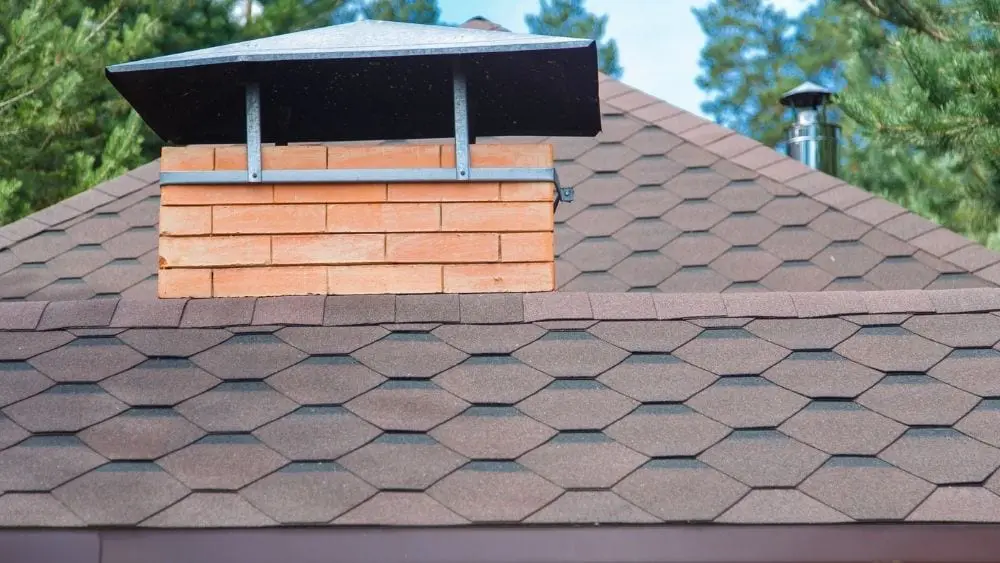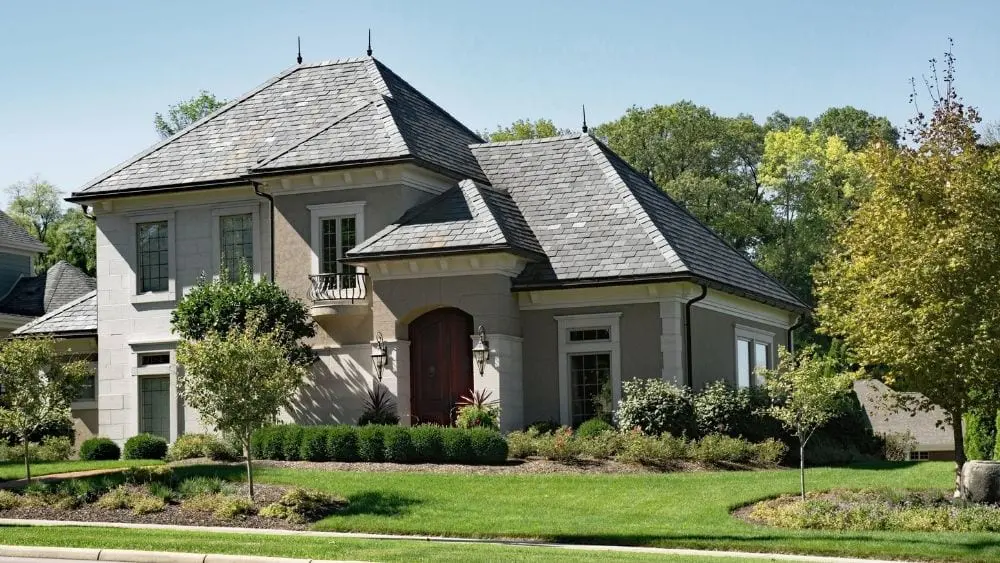
A roof provides the home’s ultimate protection from the elements, yet not all homeowners possess extensive knowledge about the types of materials that can serve as a line of defense from Mother Nature. Slate is one such roofing material. This metamorphic stone can be formed into roofing tiles that are at once beautiful and durable.
Slate roofs have a long history in Europe, where, due to the high cost, the material was used mainly by the wealthy or on military structures. They found their way into early European settlements in the American Colonies during the 17th century, and today, this material often adorns grandiose homes that have a Mediterranean, Victorian or Spanish architectural style.
Below, we have compiled information that presents the advantages and disadvantage of this beautiful, long-lasting roofing material. We also provide insight into the cost, colors and climate where slate can add an exquisite finishing touch to your home.
Is the Price Right for Your Budget?

While it can embellish any home, slate remains one of the more expensive options on the market. The price of slate tiles is not for the faint of heart so be prepared for sticker shock. The price tag on materials alone can range anywhere from $900 to $1,700 per square (100 square feet). For comparison’s sake, the cost of asphalt shingles — the bestselling roofing materials today — start at approximately $50 per square.
Slate tile prices depend on the thickness and color. Yes, color. As time marches on, slate is prone to weathering; lighter shades can change to gray, brown or even rust. If you want a non-fading permanent shade of slate, add another 25 percent to the grand total. Then there’s the unexposed components of the roof to consider —such as the underlayment and drip edging, which will tack on another $100 per roof square.
Homeowners can purchase hard or soft natural slate tiles for their roofs. The harder ones are more resilient, which is reflected in the price. While softer ones are less expensive, they will need to be repaired and replaced in the future to ensure the integrity of the roof.
Climate Considerations
The composition of slate makes it impervious to extreme heat and cold, and it is a popular choice for homes in climates across all regions — even in rainy locales. But it is a particular favorite in hot southern climates due to its cooling properties; instead of transferring heat into the home, it releases it back into the atmosphere.
Even homeowners who live in snowy winter climes can breathe a sigh of relief; slate roofs are virtually indestructible and can survive most any storm.
Advantages of Slate

In addition to slate’s intrinsic beauty and durability, it has many other advantages, including:
- Longevity. As a 100 percent natural product, slate outperforms all other roofing materials. This roof can last for a century — giving it the name “100-year solution” (it shouldn’t need to be replaced!) — while a home with an asphalt roof may need to be replaced about six times during the same period.
- Mold, mildew and fungus resistant. Homeowners in warm, humid climates may notice dark streaks and stains on most composite shingles. Slate is not susceptible to such airborne spores.
- Boosts the home’s resale value. Prospective homeowners have a long checklist when they are shopping around and may avoid a property with an old, unattractive roof; they don’t want the added burden of replacing that roof once they move in. Contrast that with a home that has a time-tested slate roof. Most likely, this classic roof will not need to be replaced during the homeowner’s lifetime, giving that home an automatic increase in value.
- Minimal maintenance. Due to slate’s natural properties, homeowners only need to replace a tile if it breaks, as breakage will allow water to infiltrate the home.
- Environmentally friendly. In every stage of its life cycle, slate remains in its natural state, making it recyclable, and since it is not exposed to a grueling manufacturing process, it is chemical-free and has no carbon emissions.
- Withstands high winds. Homes in hurricane-prone areas or those that are buffeted by violent weather will fare better with a slate roof than one with asphalt shingles.
- Superior insulator. Slate’s density makes it a great energy-saver. Debates continue about the exact percentage of heat lost via a roof, but most research indicates it is close to 25 percent. Many homeowners with a slate roof have seen a substantial reduction in utility bills.
Disadvantages of Slate
As stated earlier, the key drawback is the cost. Slate is fragile and heavy, which can cause transportation costs to rise through the roof (pardon the pun). Further, load-bearing beams, pillars and walls in the home must be fortified to support the extra weight.
Another huge variation is found in the labor costs. The installation price is calculated according to the roof’s surface area, weight, slope and pitch, and can range from $600 to $1,500 per roofing square.
Furthermore, not every roofing contractor has a team of professionals who possess the necessary skills to install slate. And in the event a tile needs to be replaced, an expert will need to perform a delicate dance on the roof to keep from stepping on and breaking others.
Without question, a slate roof makes an impressive architectural design statement. The decision for homeowners is whether slate is worth the investment. Hopefully, this information will help you weigh the pros and cons as you consider how to top off your new home.

 Everything You Need to Know About Synthetic Roofing
Everything You Need to Know About Synthetic Roofing